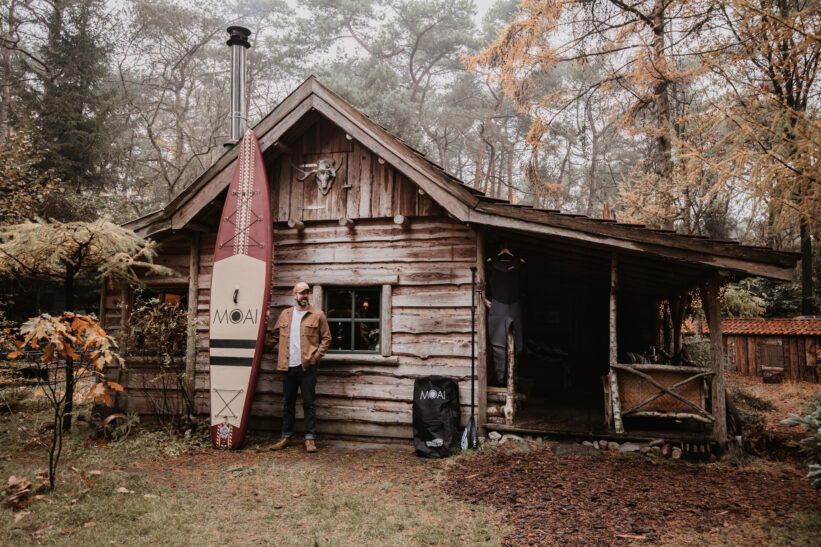POSITIONS
MOAI boards come standard with the US finbox. This offers a versatile board and a more customized sup experience.
There are three positions you can place your fin in:
Fin forward:
With the fin in the forward position, the board is easier to maneuver.
The board will be easier to turn and therefore suitable for recreational use or wave surfing.
Fin in the middle:
When the fin is in the middle of the finbox you have more balance. This is nice for all-round use or while practicing yoga
Fin back
If you place the fin more back, your SUP will focus more on the straights because you create less resistance. This is ideal during races or long tour trips.
Experiment yourself with the different positions to feel the difference, and adjust the fin to your own needs.


